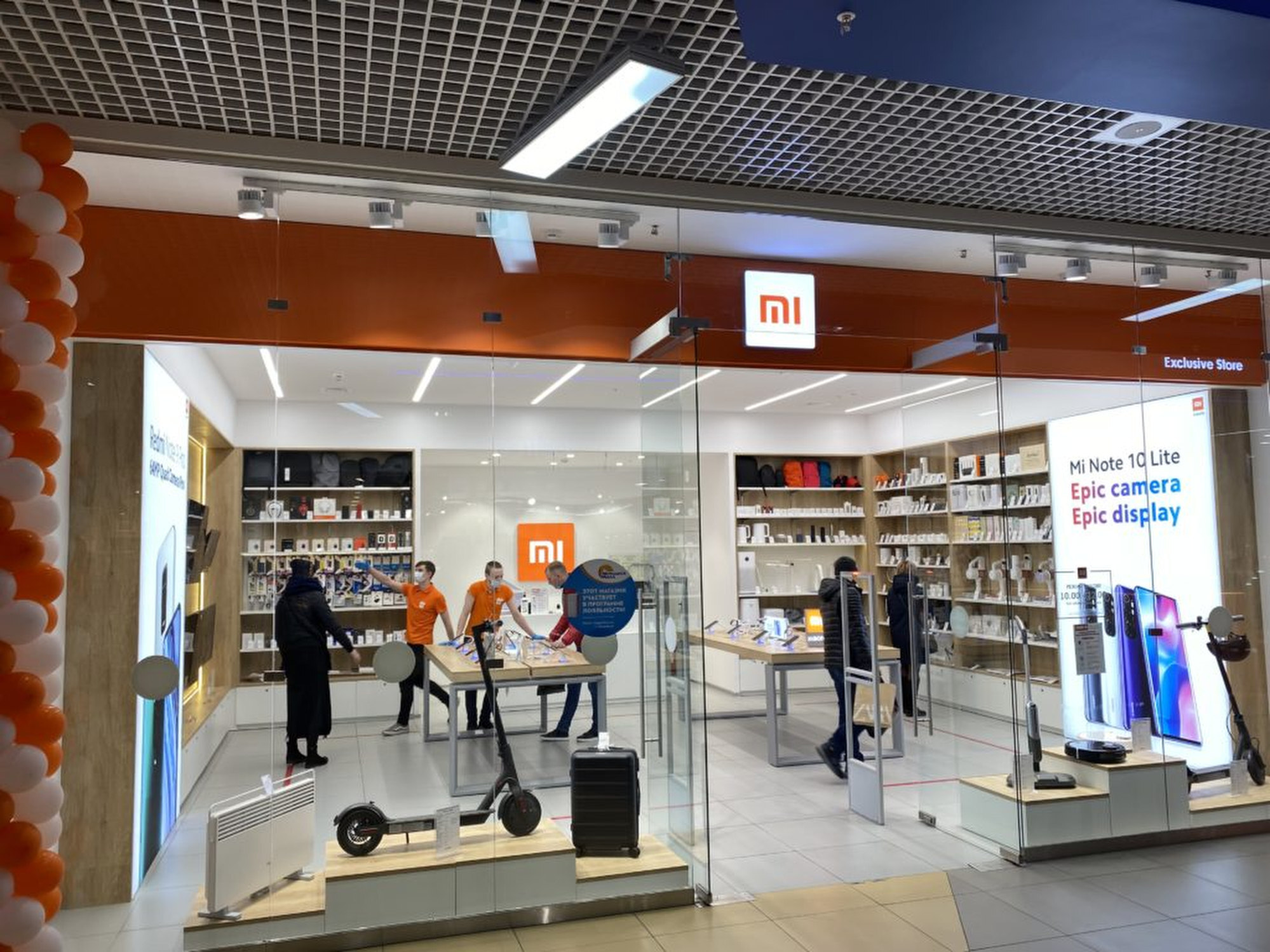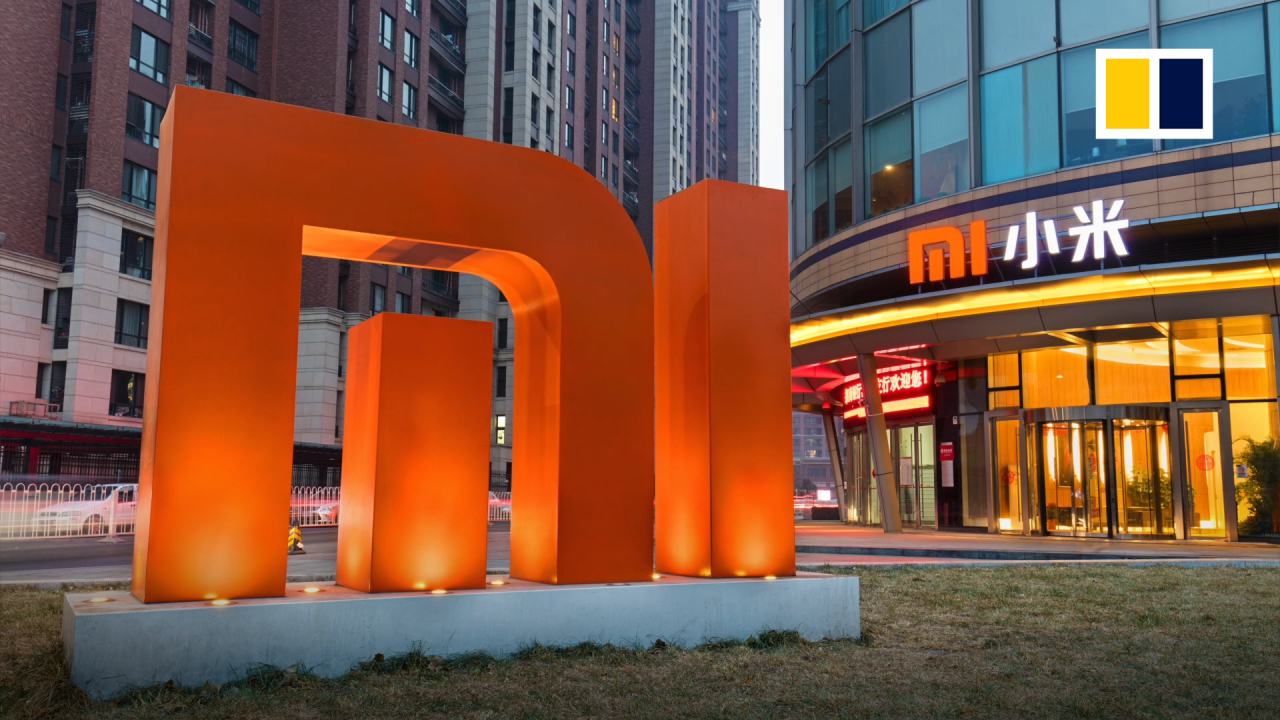
Xiaomi posts 261 per cent rise in quarterly profit after winning preliminary injunction against US investment ban
- Smartphone giant Xiaomi’s fourth-quarter profit beat market estimates to reach US$1.3 billion
- Revenue in the December quarter hit US$10.8 billion on the back of overseas market growth
The Beijing-based company, the world’s third-largest smartphone vendor in the fourth quarter, reported on Wednesday a better-than-expected net profit of 8.8 billion yuan (US$1.3 billion) in the three months ended December 31, up from 2.4 billion yuan in the same period in 2019. That surpassed the consensus market estimate of 2.5 billion yuan.
Revenue increased 24.8 per cent to 70.5 billion yuan, from 56.5 billion yuan a year earlier, on the back of strong global smartphone shipments. That was below the market estimate of 74.6 billion yuan.
Xiaomi’s full-year profit handily beat market estimates, jumping 101 per cent to 20.3 billion yuan, making 2020 the company’s most profitable year since 2018 when its annual profit reached 13.6 billion yuan. That growth was spurred by a 19.4 per cent increase in revenue to 245.9 billion yuan.
Xiaomi pushes to clear name after court suspends US investment ban
Xiaomi’s shares fell by as much as 3.7 per cent in a declining market before earnings were announced in Hong Kong, retreating to HK$25.10 at the close of trading on Wednesday.
On March 12, the US District Court for the District of Columbia decided in favour of Xiaomi by ordering a preliminary injunction against the US ban. Xiaomi reiterated that it is “a widely held, publicly traded and independently managed corporation that offers consumer electronics products solely for civilian and commercial use”, according to a statement released after the US court’s ruling.
Still, that did not stop the company’s shares from plunging 29 per cent from its January 5 record-high price of HK$35.30, wiping out HK$267.1 billion (US$34.4 billion) in market capitalisation.
Xiaomi’s smartphone growth across Europe has been particularly strong, according to company president Wang Xiang in a conference call with analysts after the market closed on Wednesday.
“What happened to Huawei is a cautionary tale for Xiaomi,” said Fiona Vanier, senior analyst for forecasting at CCS Insight, on Wednesday. “Although Xiaomi has not been sanctioned with the same restrictions as Huawei, as with all Chinese manufacturers, it faces intense scrutiny that adds uncertainty to its outlook.”
In the fourth quarter, Xiaomi’s revenue from overseas markets grew 27.6 per cent to 33.8 billion yuan, accounting for 47.9 per cent of its total revenue. The company, which sells its products in more than 100 countries and territories worldwide, was ranked among the top-five smartphone vendors in 54 countries and regions last quarter, according to research firm Canalys.

In 2020, Xiaomi’s smartphone revenue reached 152.2 billion yuan, up 24.6 per cent from 2019, on total shipments of 146.4 million units. That included handsets from its Redmi brand.
Sales under its Internet of Things and lifestyle products segment, which includes smart televisions, laptop computers and wearable devices, rose 8.6 per cent to 67.4 billion yuan last year.
The company’s internet services segment, which includes its MIUI software and gaming, grew 19.7 per cent to 23.8 billion yuan last year,
“Xiaomi remains well-positioned to keep capturing market share amid Huawei’s retrenchment, [while] driving average prices and margins higher with the roll-out of 5G devices,” Bloomberg Intelligence analyst Matthew Kanterman said in a report.



